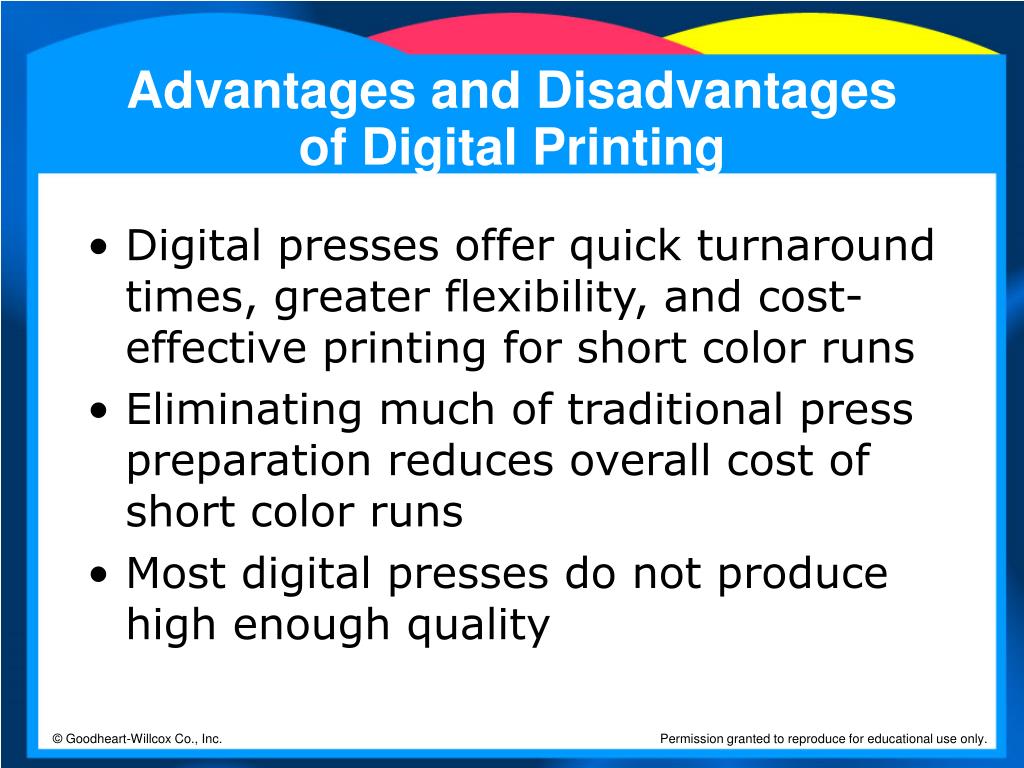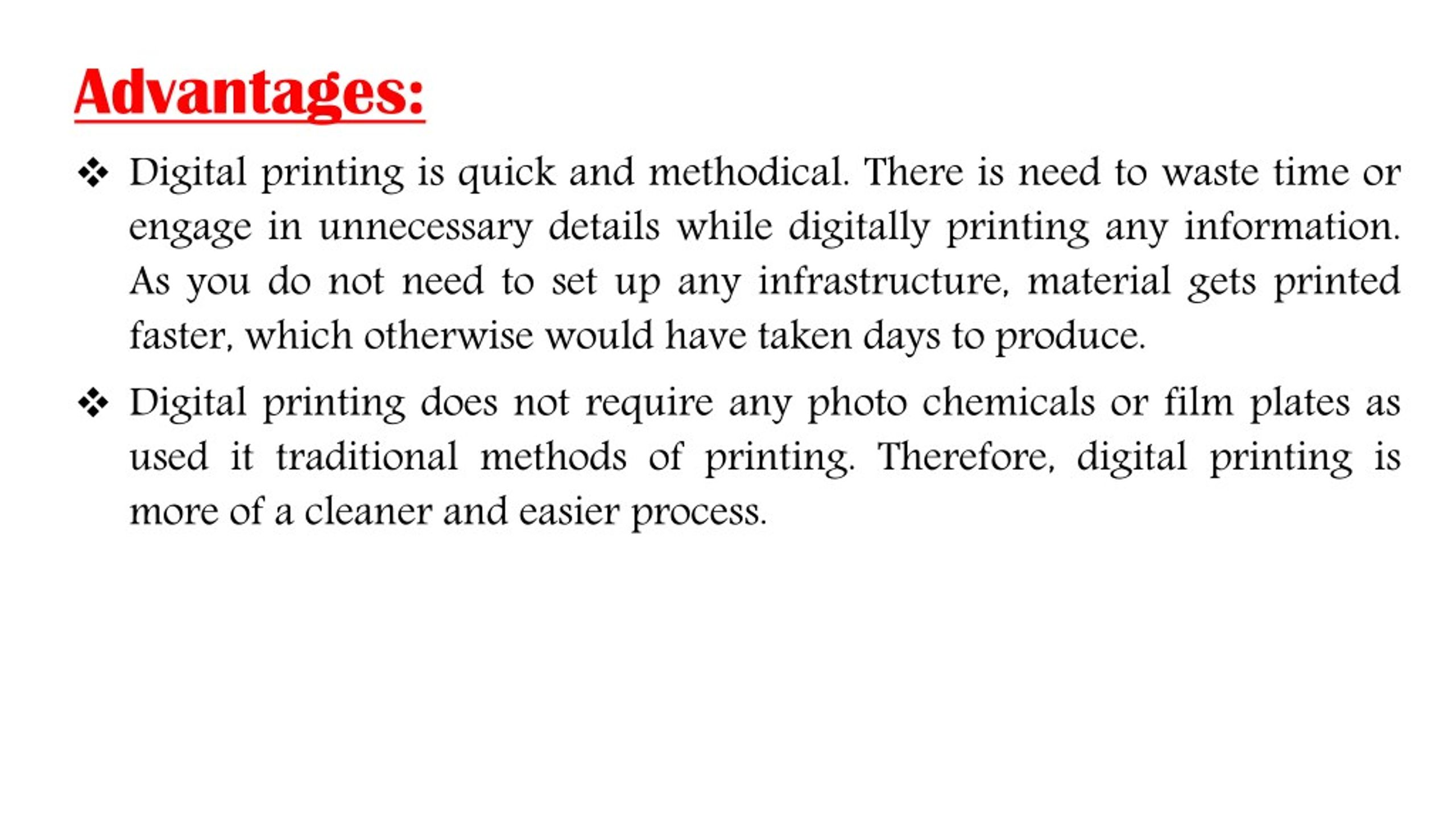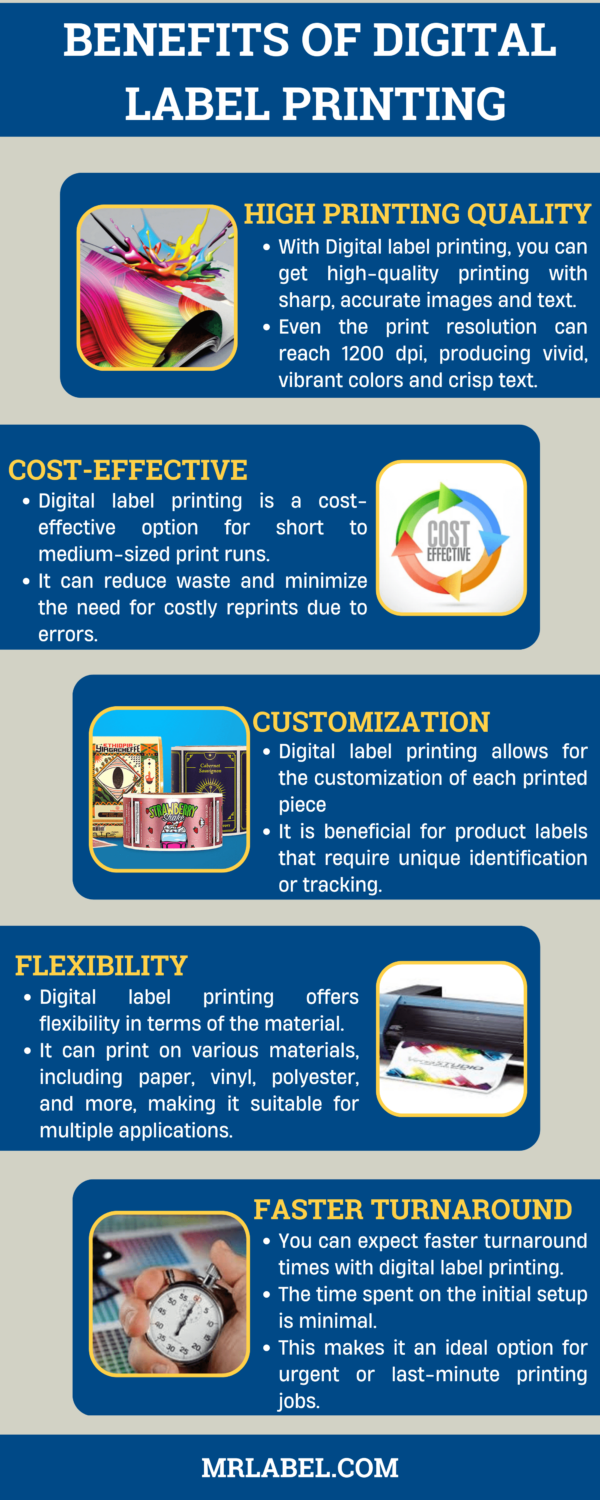Some Known Incorrect Statements About Digital Printing
Some Known Incorrect Statements About Digital Printing
Blog Article
Digital Printing Fundamentals Explained
Table of ContentsNot known Facts About Digital PrintingDigital Printing - The FactsDigital Printing for BeginnersSome Known Questions About Digital Printing.Digital Printing for DummiesDigital Printing Fundamentals Explained
Variable data printing, such as straight mail with individualized codes and addresses, is preferably fit for digital printing. Digital fast printing just requires four actions of style, testimonial, printing and binding to get everything done. Digital quick printing has an unrivaled benefit: print on demand.According to PMMI, digital printing allows brands and manufacturers to respond promptly to consumer needs while improving the supply chain, minimizing warehousing expense and waste, and delighting in faster time to market. That all noises wonderful, but how does this technology do all that? The major differentiator of these modern technologies is that there are no set up costs and no plates with electronic printing.
Digital Printing Fundamentals Explained
This results in quicker turn-around time and decreases price when utilizing electronic printing.
Fast manufacturing indicates obtaining your product to market faster. It likewise means it's easier and faster to make modifications later on, when you transform a dish, add a SKU, or produce seasonal product packaging. Digital printing is extremely adaptable, so it's easy to make modifications to the plan design promptly. It all returns to the plates.
With conventional printing approaches, short-run printing is just not possible. Since a wonderful layout can make or damage your item, electronic printing continually produces premium, clear and vivid graphics each time.
Digital printing is the procedure of printing digital-based photos directly onto a range of media substratums. There is no need for a printing plate, unlike with countered printing. Digital data such as PDFs or desktop publishing files can be sent directly to the electronic printing press to publish theoretically, image paper, canvas, textile, synthetics, cardstock and other substratums.
Unknown Facts About Digital Printing
According to PMMI, electronic printing permits brand names and suppliers to respond swiftly to consumer needs while improving the supply chain, decreasing warehousing price and waste, and enjoying faster time to market. That all sounds excellent, but just how does this modern technology do all that? The major differentiator of these modern technologies is that there are no set up fees and no plates with digital printing.
According to Wikipedia, the greatest difference between electronic printing and traditional approaches such as lithography, flexography, gravure, or letterpress is that there is no need to change printing plates in electronic printing, whereas go right here in these analog printing techniques home plates are repeatedly changed. This causes quicker turnaround time and lowers expense when making use of digital printing.

The Basic Principles Of Digital Printing
Extra supply can mean even more waste later on. With standard printing methods, short-run printing is just not feasible. Because an excellent style can make or damage your product, electronic printing continually produces high-grade, clear and colorful graphics each time. Digital printing on adaptable bags includes the brilliant, lively, and exact graphics that virtually bid customers to connect and touch them.

According to PMMI, digital printing permits brands and suppliers to react rapidly to customer demands while improving the supply chain, reducing warehousing expense and waste, and enjoying faster time to market. That all sounds fantastic, yet exactly how does this technology do all that? The significant differentiator of these innovations is that there are no set-up costs and no plates with digital printing.
The Single Strategy To Use For Digital Printing
According to Wikipedia, the best distinction in between digital printing and conventional approaches such as lithography, flexography, gravure, or letterpress is that there is no need to Discover More Here replace printing plates in electronic printing, whereas in these analog printing methods try these out the plates are consistently replaced. This leads to quicker turn-around time and reduces price when using digital printing.
Digital printing is very adaptable, so it's very easy to make adjustments to the plan design swiftly. It all goes back to the plates.

8 Simple Techniques For Digital Printing
Digital printing is the procedure of printing digital-based photos straight onto a selection of media substratums. There is no requirement for a printing plate, unlike with offset printing. Digital documents such as PDFs or desktop publishing documents can be sent out straight to the digital printing machine to publish theoretically, image paper, canvas, material, synthetics, cardstock and other substratums.
Report this page